AO Edited
Villa La Favorita
The remains of the last Gonzaga villa, a luxurious palace built in spite of an economic crisis.
Villa La Favorita was the last great Gonzaga palace (the dukes of Mantua) built by the will of Ferdinando Gonzaga.
Ferdinando was the second-born of Vincenzo Duke of Mantua; he was sent to Rome to start an ecclesiastical career, which was typical for the Italian noble families to avoid succession fights. Ferdinando became cardinal when his brother Francesco IV died of smallpox with his only son. He returned to Mantua just to find the worst economic crisis of the duchy. Francesco tried to cut court costs during his brief period of leadership, but that did not solve the problem.
Despite the crisis, Ferdinando decided that Mantua needed a Versailles-like palace more than anything else. He decided to build the new palace outside of the city, but not too far, just on the other side of the lakes system that surround Mantua. The construction took about 10 years, starting in 1613 or 1615, depending on which source you check, and completed in 1624. Ferdinando had only two years to enjoy his palace, as he died in 1626.
After this period the duchy rapidly slowed down in a perpetual crisis, which forced the Gonzaga family to sell all their goods. The palace stood still in the courtyard for more than 150 years until the arrival of Napoleon. Mantua was an Austrian dominion and an important part of the Austrian defensive system in northern Italy in 1796 when Napoleon laid siege to the city, a siege which ended after an important battle called Battaglia della Favorita (Favorita’s battle), a battle that took place just around the palace and started its decline.
After the French conquest of the city the palace was sold, used for many purposes, set on fire during World War I and partially demolished. What remains of the structure still stands in the middle of the fields just outside Mantua.
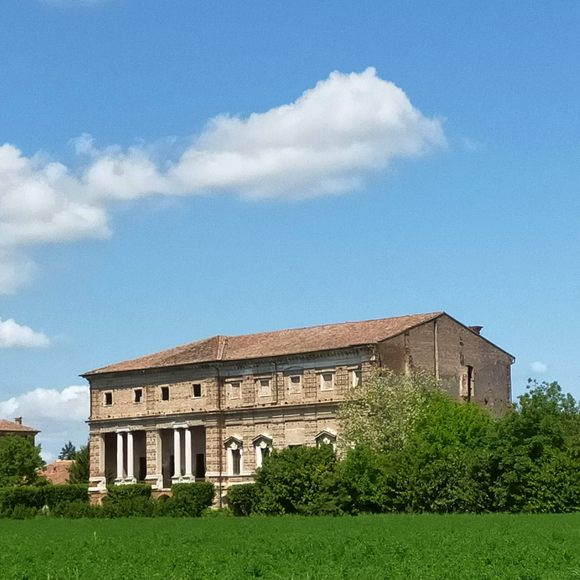

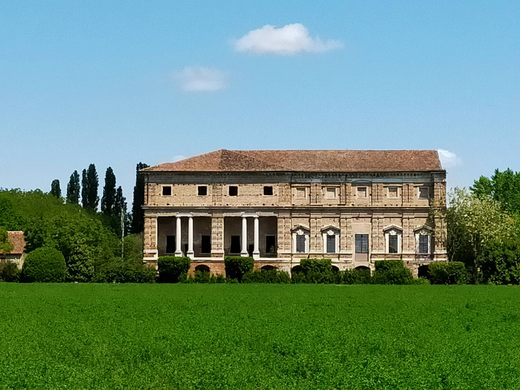





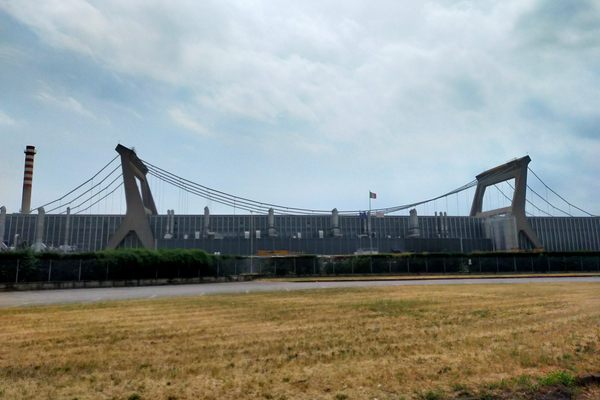
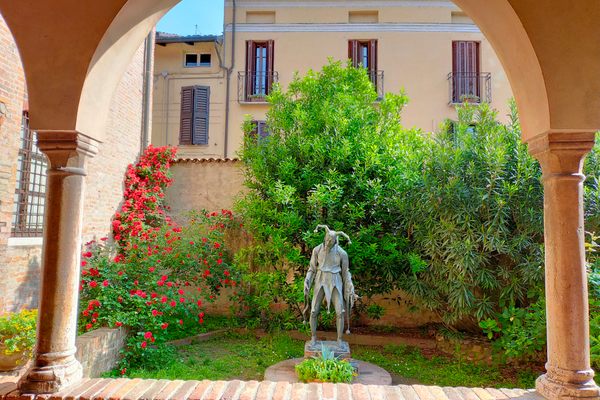

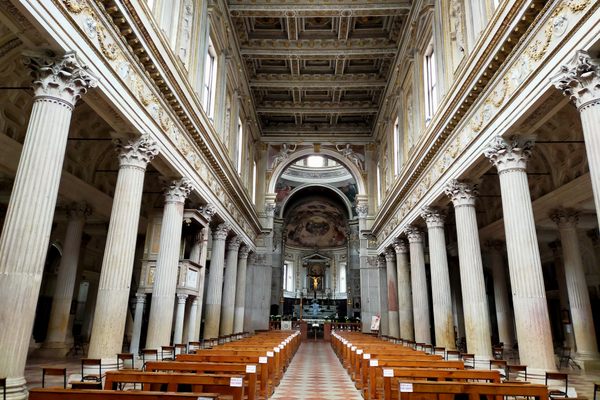


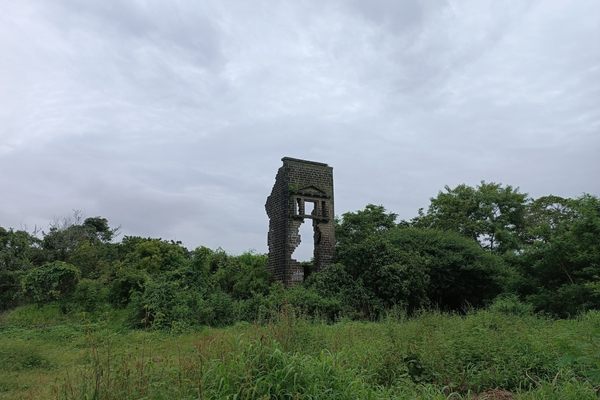


Follow us on Twitter to get the latest on the world's hidden wonders.
Like us on Facebook to get the latest on the world's hidden wonders.
Follow us on Twitter Like us on Facebook